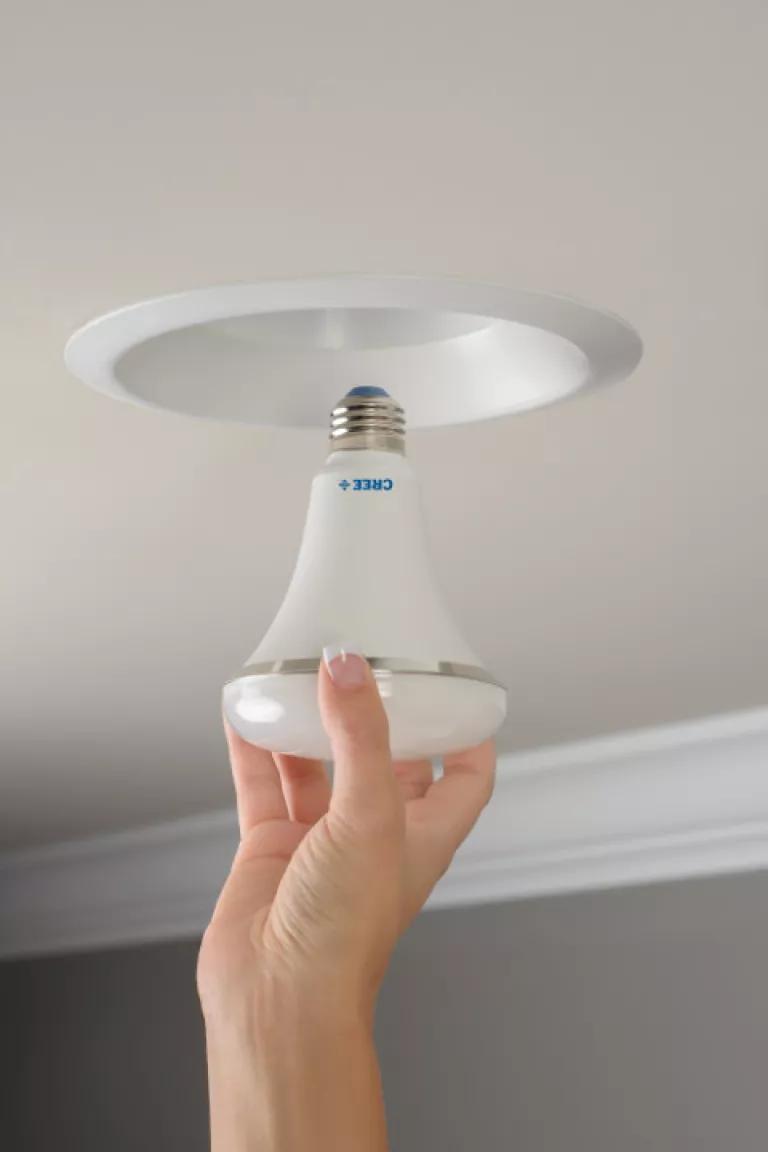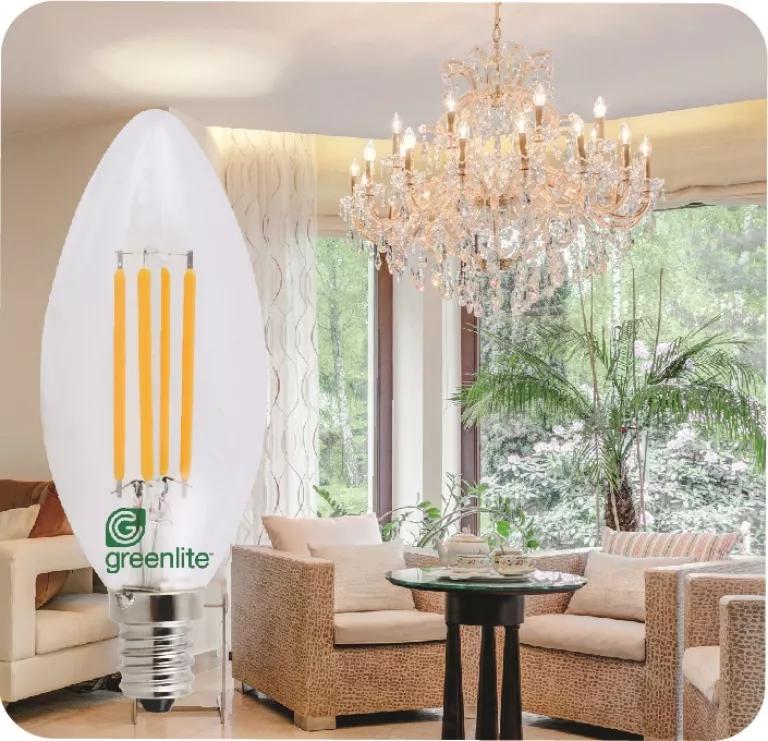Change Your Clock, Change Your Bulb, Save Lots of Money

Want to save a lot of money as you prepare to move your clock back one hour for the end of Daylight Savings Time on Sunday (Nov. 6)? Head over to your hardware store and buy some energy-saving LED light bulbs to prepare for the period when the days get shorter and the lights in our homes and businesses need to stay on longer.
While many of us use the annual time change as a reminder to change the batteries in our smoke detectors, why not also take a moment and swap out one or more of your inefficient light bulbs and replace them with new LED bulbs? After all, adjusting the clocks to “fall back” also means the beginning of “lighting season.”
Fortunately, there are some great LED light bulb options on the market. The newest LED bulbs have come way down in price, in some cases as low as $2 each when bought in a multi-pack, and they:
- Give off the same amount of light as the old incandescent bulbs and use up to 90 percent less energy;
- Turn on instantly and most are also dimmable;
- Last up to 25 years, assuming three hours per day usage; and
- Can save you $50 to $100 or more over just one bulb’s lifetime. (Actual savings depend on your utility rates and the rated power and lifetime of the bulb purchased; some are 15,000 hours, many are 25,000 hours.)
If each household in the United States purchases just one LED light bulb, U.S. consumers could save $500 million each year, and prevent millions of tons of harmful carbon pollution as well. Right now, roughly two-thirds of America’s 5 billion or so screw-based light sockets still contain an inefficient bulb. Therefore, switching out those bulbs not only will save you money, it can help save the planet because cutting energy waste also reduces the amount of fossil fuels that have to be burned to generate electricity to keep our lights on.
Here are some tips for buying LED light bulbs:
Buy ENERGY STAR®-Rated Bulbs
Select a bulb with the ENERGY STAR logo. That way you can be assured the bulb is not only energy efficient, but also meets the U.S. Environmental Protection Agency’s rigorous performance and testing requirements (no detectable hum or flicker, rapid start, long life, etc.).
Shop for Lumens
Buy a bulb based on the amount of light it produces, which is expressed in lumens, and not simply for its power use. For example, a 9-watt LED bulb gives off the same amount of light as the old 60-watt incandescent bulb. Refer to the simple chart below to help you find the right replacement for your old 40-, 60-, 75- or 100-watt bulbs.
|
Old Incandescent Bulb (Wattage) |
Bulb Brightness (Minimum Lumens) |
|
40 Watts |
450 Lumens |
|
60 Watts |
800 Lumens |
|
75 Watts |
1100 Lumens |
|
100 Watts |
1600 Lumens |
Buy the Right Bulb Shape
LED bulbs today come in virtually every shape and light level. If you want a candle-shaped bulb to go into a sconce or chandelier, an energy-saving LED bulb awaits you. The same applies for replacing the everyday pear-shaped bulbs in table and reading lamps. However, be sure to pick a reflector bulb for the “recessed cans” in ceilings and down-lights located throughout many homes. These LED bulbs are designed to direct light downward and to withstand the heat that can be trapped in these tight spaces. Below are some examples of each of these types of bulbs:



What Color Light Do You Want?
If you want lighting similar to the old incandescent bulbs with their yellowish-white appearance, buy an LED bulb marketed as warm white and that has a color temperature of 2700 or 3000 degrees Kelvin (K) listed on the Lighting Facts label on the packaging. If you prefer illumination that is a cooler, bluish-white color, buy a bulb with a label that says cool or “natural” white and has a color temperature of 5000 K. Given that the choice is really one of personal preference, try one of each first before retrofitting your entire home.

While adjusting your clocks back an hour this year, consider adjusting your light bulbs, too. You might feel a whole lot better about the shorter days if you know your LED light bulbs are helping save money and the planet.
